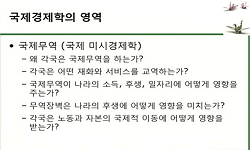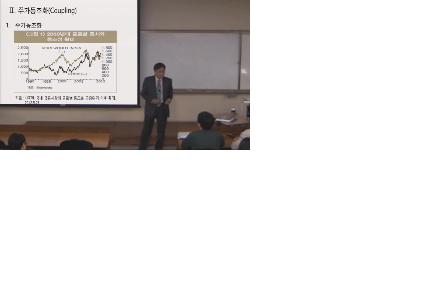Recently, in the world economy, the frequency of large and small crisis situations is increasing and the cycle is shortening. Accordingly, the risk of the foreign exchange market is expanding and is acting as a major factor in determining the profits ...
http://chineseinput.net/에서 pinyin(병음)방식으로 중국어를 변환할 수 있습니다.
변환된 중국어를 복사하여 사용하시면 됩니다.
- 中文 을 입력하시려면 zhongwen을 입력하시고 space를누르시면됩니다.
- 北京 을 입력하시려면 beijing을 입력하시고 space를 누르시면 됩니다.
https://www.riss.kr/link?id=A108937608
- 저자
- 발행기관
- 학술지명
- 권호사항
-
발행연도
2023
-
작성언어
Korean
- 주제어
-
KDC
323
-
등재정보
KCI등재
-
자료형태
학술저널
- 발행기관 URL
-
수록면
1091-1112(22쪽)
- 제공처
-
0
상세조회 -
0
다운로드
부가정보
다국어 초록 (Multilingual Abstract)
Recently, in the world economy, the frequency of large and small crisis situations is increasing and the cycle is shortening. Accordingly, the risk of the foreign exchange market is expanding and is acting as a major factor in determining the profits and losses of overseas investments. Therefore, in order to manage foreign exchange risks that generate exchange gains and losses on foreign currency assets and foreign currency liabilities, the exchange rate time series distribution according to trends and transitions in the foreign exchange market must be accurately identified, and the exchange rate gains and losses that may arise through systematic risk monitoring and analysis based on this. We must accurately and objectively understand the scale and establish a foundation for establishing a wise response strategy. This study collected long-term time series of the won/dollar exchange rate, analyzed it through an objective quantitative model, monitored market transitions, and divided the regimes in a statistically significant manner. In addition, we estimated the foreign exchange gains and losses due to foreign exchange risks faced by market participants in each market phase as VaR, and based on this, we attempted to present a systematic risk management strategy. The main research results are as follows. First, the won/dollar exchange rate time series was derived from five breakpoints: September 29, 2001, June 25, 2005, July 19, 2009, July 19, 2014, and April 13, 2019. and the won/dollar foreign exchange market was divided into six market regimes. Second, as a result of comparing and analyzing the moments by regime, the regimes in which it was good to pursue foreign exchange gains were organized into regimes 3, 5, and 6, and the regimes in which there was a high possibility of incurring significant foreign exchange losses were organized into regimes 1, 2, and 4. The regimes in which extreme foreign exchange gains were possible were regimes 1 and 3, and the regimes in which foreign exchange losses were possible were regimes 2 and 5. Third, overall, the values obtained by the parametric method assuming a normal distribution underestimate the expected foreign exchange gains, and this bias in estimating the value of foreign exchange risk was further expanded as the level of confidence increased. On the other hand, under the 99% confidence level, the expected loss was overestimated in regimes 1 and 3 by the parametric method, and especially in regime 3, this result occurred in all confidence intervals due to the parametric method. The above results warn of the danger of assuming normal distribution using the parametric method when calculating VaR, even though the time series is not normally distributed. At the same time, special care must be taken if the skewness(S) of the FX time series has a large gap with the normal distribution(0), such as in regime 3(2.07) and regime 1(1.60).
동일학술지(권/호) 다른 논문
-
- 한국산업경제학회
- 김하나(Kim, Ha Na)
- 2023
- KCI등재
-
- 한국산업경제학회
- 윤선웅(Yoon, Sun-Woong)
- 2023
- KCI등재
-
KOSPI 200 선물 외국인 거래량이 KOSPI 200 선물과 지수에 미친 영향
- 한국산업경제학회
- 임병진(Yim, Byung-Jin)
- 2023
- KCI등재
-
금리충격이 오피스텔의 월세 점유전환에 미치는 영향 연구
- 한국산업경제학회
- 김민섭(Kim, Min Sub)
- 2023
- KCI등재





 DBpia
DBpia



